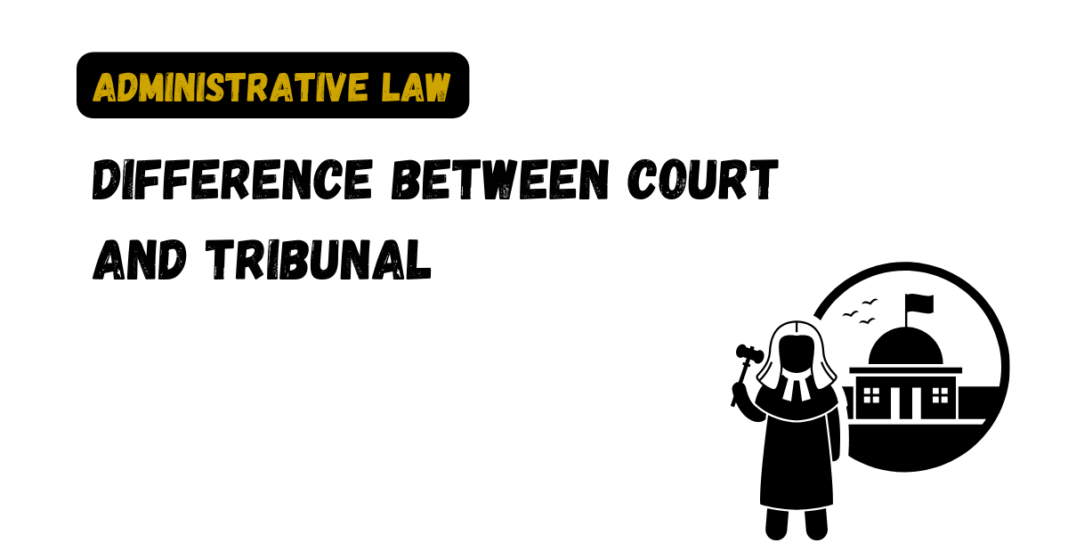Courts and tribunals are both legal institutions that play important roles in the legal systems of many countries, but they have some key differences:
| BASIS FOR COMPARISON | COURT | TRIBUNAL |
|---|---|---|
| Purpose | Courts are established to interpret and apply the law, and they have the power to make binding decisions that are enforceable by law. | Tribunals are established to deal with specific areas of law or disputes and have limited jurisdiction. |
| Formality | Courts are generally more formal than tribunals and follow strict procedural rules. | Tribunals are usually less formal and more flexible in their procedures. |
| Composition | Courts are usually presided over by a judge or panel of judges, who are trained lawyers with legal expertise. | Tribunals are often presided over by a single adjudicator or a panel of experts in the relevant field, who may or may not have legal training. |
| Types of Cases | Courts handle a wide range of cases, including civil and criminal matters. | Tribunals typically handle specialized areas of law, such as employment law, immigration law, or tax law. |
| Appeal Process | In most countries, court decisions can be appealed to a higher court. | In some cases, tribunal decisions can also be appealed, but the appeal process may be different from the court system. |
| Legal representation | Parties usually represented by lawyers. | Parties may represent themselves or be represented by lawyers. |
| Cost | Generally more expensive due to formal procedures. | Generally less expensive than courts. |





